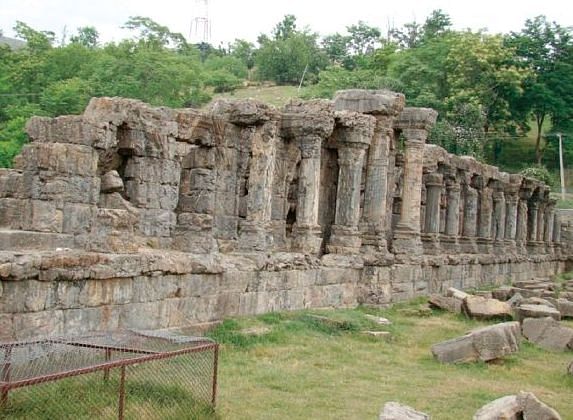[ad_1]
Even when one enters these ruined complexes. These grand remains with their porches and pediments remained more of Greece than of India, and it is difficult to believe that a style of architecture which differs so much from all Indian examples and which has so much in common with those of Greece, could have been indebted to chance alone for this striking resemblance.
Of these specimens the first dates as early as 220 BC, at which time the Kabul valley and even the western Punjab were occupied by the Bactrain Greeks, under Euthydemous and Demetrous, (nowadays the evidences of Indo Greeks and Indo Scythians have been found in Jammu and Kashmir as well) .
If it is admitted that the Kashmirian architects have been indebted to those of Greece for their pediments, for their fluted columns, or even for any of their minor details, I think that they must certainly have borrowed them from the temples of their immediate neighbors the Bactrian Greeks and not from the buildings of distant Syrian Greeks.
I think also that had these pediments been imitated from the later Romanised examples the copyist would scarcely have overlooked the structural arches which occupy their pediments. In fact the forms of the principal Kashmirian mouldings could only have been borrowed from the pure Greek Style of an earlier period than the Roman innovation of circular segmental mouldings’.
[ad_2]
Source link
